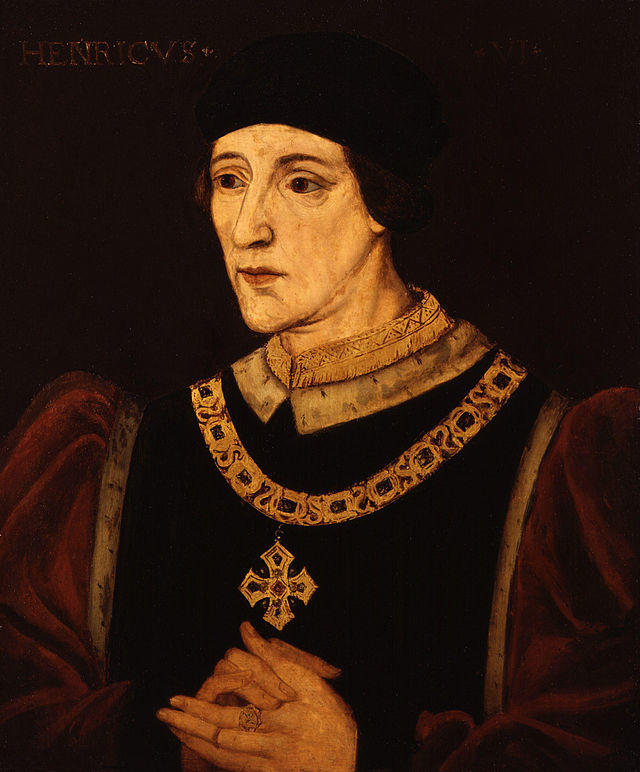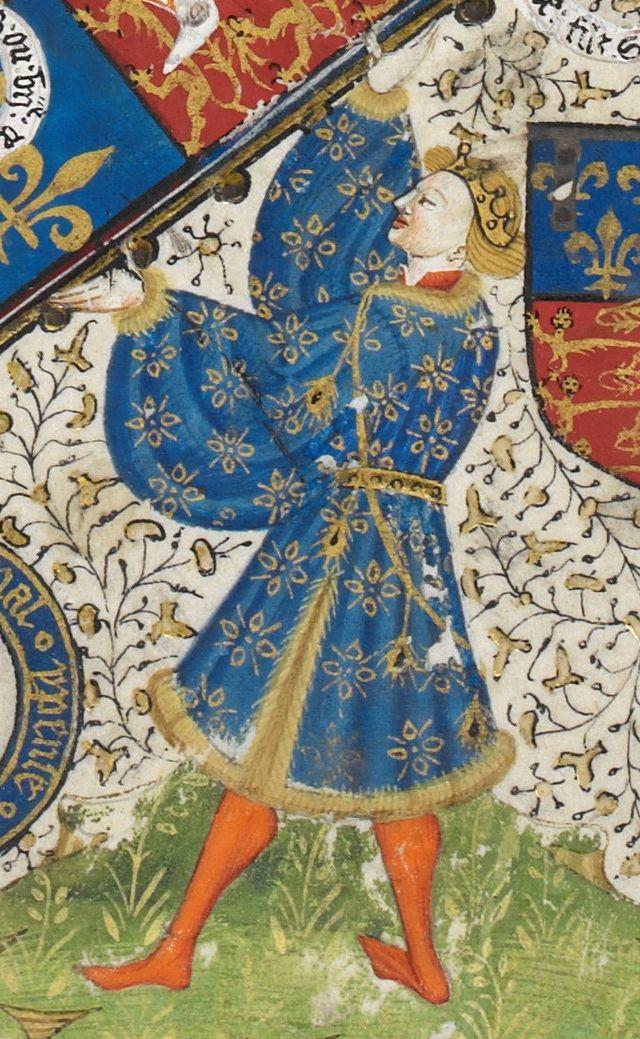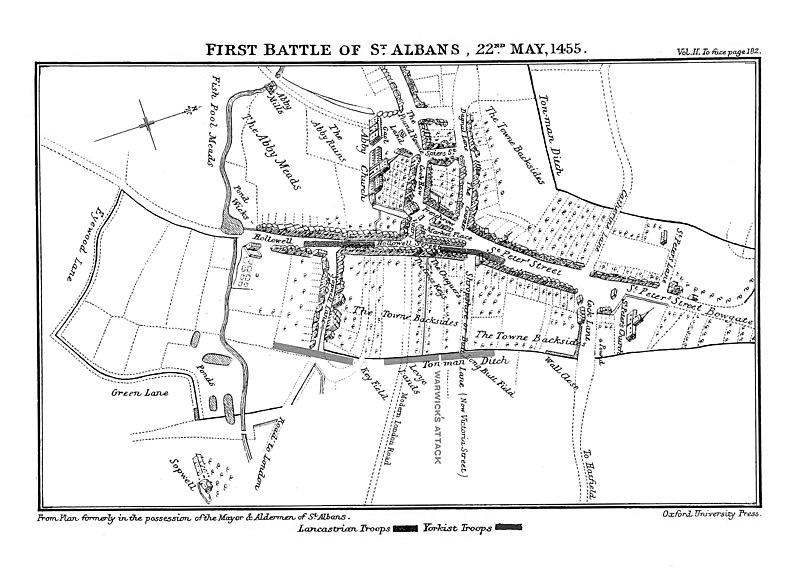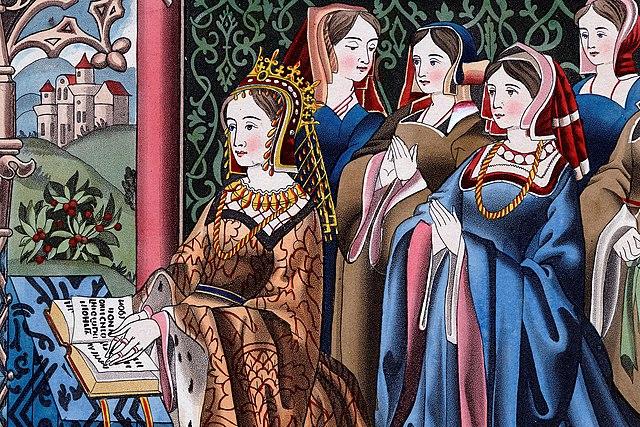Chapters
The mid-15th century was a tumultuous decade for English history, with internal strife and political upheavals slowly sowing the seeds for what would eventually grow into the infamous and brutal conflict known as the War of the Roses.
Join us as we take a journey into this fascinating period in history, examining how the loss of Normandy weakened Henry VI's position, the emerging rivalry between the House of York and Lancaster, and other crucial events.

What Was the State of English Society and Politics in 1450?
The mid-15th century was a period characterised by profound instability within English society, much of which stemmed from the weakness of Henry VI's rule.
Unfortunately, the king, suffering from bouts of acute mental illness and lacking any skill in making meaningful political decisions, was unable to govern his country properly.
Over time, this would lead to both peasants and nobles alike becoming disillusioned with his rule, leading to widespread discontent across the country.
From here, public opinion of the king would only worsen after the loss of Normandy in 1449.
Why? Well this event had a massive impact on the livelihoods of people who depended on the spoils and opportunities afforded by the English presence in France.
As it became more and more clear that Henry VI’s grip on the country was weakening, many of those among the nobility would jump on the king's weakness to increase their influence and power. As a result, they began to split into powerful baronial factions, each with its own unique agenda and vision for England's future.
But the bad news wouldn’t end there, with Cade’s rebellion marking the beginning of a period marked by open rebellion and unrest. Led by Jack Cade, an ex-soldier, a group of peasants and landowners would form into an unruly mob in Kent and make their way into London.
However, the uprising would soon be stopped in its tracks when the group became violent, with much of the city's population turning against them. Whilst many of the men would be pardoned, Jack Cade would not escape justice, being killed while on the run.

How Did Richard of York Alter the Course of English Politics?
As the political landscape of England grew more volatile and fractured, Richard, the Duke of York, stepped forward in a bid to challenge the king's authority.
As a descendant of both the Duke of Clarence and the Earl of March, Richard had an extremely strong claim to the English throne which rivalled that of King Henry VI. In fact, his lineage traced all the way back to Edward III, positioning him as a legitimate contender for the crown in a period when royal bloodlines played an important role in political power.
In 1454, Henry VI would suffer one of his worst mental breakdowns, becoming unresponsive and unable to speak or fulfil any of his roles as king. As a result, despite strong opposition from Henry VI’s wife, Queen Margaret of Anjou, Richard was appointed Protector of the realm on the 27th of March 1454.
Seeking to gain popularity with both peasants and the noble class, Richard of York would begin to implement a wide range of reforms that aimed to stabilise the country and address the ongoing corruption that had so far plagued Henry VI’s reign.

What Led to the Outbreak of War and the First Battle of St Albans?
In 1455, after many months spent in an almost vegetative state, King Henry VI would finally recover his sanity.
Realising that Richard of York had been appointed Protector of the Realm in his absence, Henry VI would attempt to reassert his authority in an effort to reduce Richard's ever growing influence and popularity.
How did he go about doing this? First, he began by reinstating the Duke of Somerset, a move that threatened Richard of York's position and the already fragile balance of power within the Kingdom.
As a result, the king had essentially sided with the Lancaster's and snubbed the concerns and political ambitions of the Yorkist faction.
Seeing the King's actions as a threat to his safety, Richard began mustering support from the nobility who opposed the king.
This growing division sparked the flames of war, with England becoming increasingly polarised between the supporters of Lancaster who backed King Henry VI, and those of York, who rallied behind Richard instead.

By May 1455, tensions reached boiling point when Richard of York and his allies gathered an armed force and marched towards London. From here a short yet extremely bloody battle would unfold at St Albans, with the Yorkist faction emerging as the winner.
Overwhelmed and taken by surprise by the Yorkists' attack, the Lancaster faction suffered heavy losses, with the Duke of Somerset being killed during the skirmish and Henry VI being taken into custody.
How Did the Uneasy Peace Shape the Period Following the Battle?
Following the First Battle of St Albans, an uneasy peace descended upon England, marked by a tense balance of power between the Yorkist victors and the remaining Lancastrian supporters.
During this time, Queen Margaret of Anjou would emerge as an important and highly influential figure. Realising her husband's power had greatly weakened since his capture and that his mental health was still fragile, the queen would decide to take a more active role in politics and governing the county from 1455 onwards.
But her ambitions wouldn’t stop there. Determined to maintain the Lancastrian claim to the throne and protect her young son, Prince Edward, she set out to expand her base of support, reaching out to nobles scattered across England, Scotland and France. Her goal was clear - to bring together all the nobles who were sympathetic to her cause but had not yet actively joined the fray.
Meanwhile, the Yorkist leaders, including the Duke of York and his key supporters, the Earls of Warwick and Salisbury, also took advantage of the peace to strengthen their position within the realm by securing loyalty from key nobles too, and strategically positioning themselves in various important government and military roles.
As 1459 approached, the uneasy peace that had held since the battle of St Albans slowly began to unravel completely. Not only did skirmishes between the retainers of rival nobles become more frequent, but the authority of the crown was challenged almost daily by outbreaks of lawlessness throughout the country.

Conclusion
In summary, the years from 1450 to 1459 were critical in shaping England's future and would ultimately lead to the Wars of the Roses. This era was defined by King Henry VI's faltering leadership, Richard of York's strategic ambitions, and Margaret of Anjou's efforts to uphold her family's claim to the throne. However, as the uneasy truce after the First Battle of St Albans began to deteriorate and the Lancastrians and Yorkists began to take up arms, it became ever clearer that England was on the precipice of all-out civil war.








